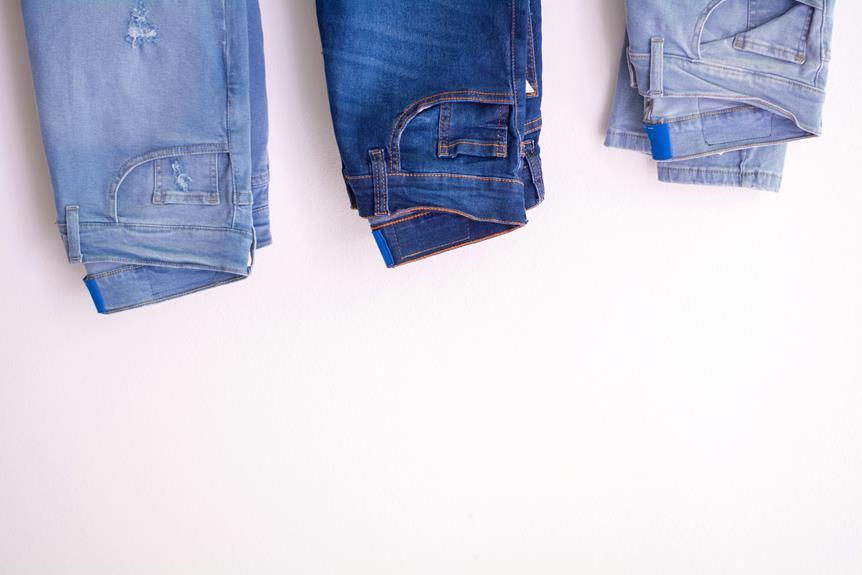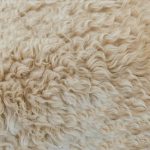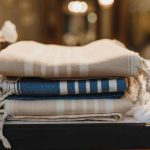You're likely familiar with French terry fabric, but have you ever stopped to think about its performance in UV protection? As you consider using French terry for your next outdoor project, it's essential to understand how it stacks up against the sun's harsh rays. While it's not a straightforward answer, the good news is that French terry can offer varying levels of protection depending on its composition and weave. But what exactly determines its UV protection capabilities, and how can you ensure you're getting the best possible performance? Let's take a closer look at the factors at play.
Table of Contents
Understanding UV Protection Basics
When you're out in the sun, you're constantly exposed to ultraviolet (UV) radiation, which can cause serious damage to your skin and increase your risk of skin cancer. You mightn't feel the effects immediately, but prolonged exposure can lead to premature aging, wrinkles, and even life-threatening conditions. Understanding UV protection basics is crucial to safeguarding your skin.
You should know that there are two types of UV radiation: UVA and UVB. UVA rays penetrate deeper into your skin, causing aging and wrinkling, while UVB rays are primarily responsible for sunburn and play a key role in the development of skin cancer.
To protect yourself, you need to use a broad-spectrum sunscreen that shields against both UVA and UVB radiation. Additionally, wearing protective clothing, seeking shade, and avoiding peak sun hours can significantly reduce your exposure to UV radiation. By taking these simple steps, you can enjoy the sun safely and minimize your risk of skin damage.
French Terry Fabric Composition
As you look for fabrics that offer built-in UV protection, you'll likely come across French terry, a popular choice for activewear and outdoor clothing that's made from a unique blend of cotton, polyester, or a combination of both. French terry's fabric composition plays a significant role in its UV protection capabilities.
When it comes to French terry, the type of fibers used and their proportions can vary depending on the manufacturer and intended use.
- Cotton-rich blends: Many French terry fabrics are made from a blend of cotton (60-80%) and polyester (20-40%). This combination provides a soft, breathable fabric with good durability.
- Polyester-rich blends: Some French terry fabrics may have a higher proportion of polyester (50-70%) and less cotton (30-50%). This blend is often used for high-performance activewear.
- Moisture-wicking treatments: Some French terry fabrics may undergo special treatments to enhance their moisture-wicking properties.
- Weave density: The density of the weave can also impact UV protection, with tighter weaves generally providing better protection.
Understanding the fabric composition of French terry is essential to evaluating its UV protection capabilities. By considering these factors, you can make informed decisions when selecting French terry fabrics for your activewear or outdoor clothing needs.
UPF Ratings and French Terry
To determine the level of UV protection offered by French terry fabrics, you'll often come across UPF (Ultraviolet Protection Factor) ratings, which measure how well fabrics prevent UV radiation from penetrating to your skin.
UPF ratings are usually expressed as a number, with higher ratings indicating greater protection. For example, a UPF 50+ rating means that the fabric allows only 1/50th of the sun's UV radiation to pass through.
When shopping for French terry fabrics, you'll typically find UPF ratings ranging from 15 to 50+. A UPF 15 rating offers minimal protection, while UPF 50+ provides excellent protection.
It's essential to note that UPF ratings aren't the same as SPF (Sun Protection Factor) ratings, which measure the amount of time it takes for the sun's UV radiation to cause sunburn on unprotected skin.
When choosing a French terry fabric for UV protection, look for UPF ratings that meet your needs. If you plan to spend extended periods outdoors, opt for a fabric with a higher UPF rating.
Keep in mind that UPF ratings can vary depending on factors like fabric thickness, weave, and color. Always check the UPF rating before making a purchase.
Weave and UV Protection Relationship
Your choice of French terry fabric's weave can significantly impact its UV protection capabilities, and understanding this relationship can help you make a more informed decision when selecting a fabric for your needs.
The weave of a fabric refers to the way the yarns are interlaced to create the fabric's texture and density. A tighter weave can provide better UV protection, as it leaves fewer gaps for UV rays to penetrate.
- Tight weave: A tight weave can provide excellent UV protection, as it creates a dense fabric that prevents UV rays from passing through.
- Loose weave: A loose weave, on the other hand, can compromise UV protection, as it allows more UV rays to penetrate the fabric.
- Open weave: An open weave, often used in mesh panels, can provide little to no UV protection, as it allows UV rays to pass through easily.
- Double weave: A double weave, where two layers of fabric are woven together, can provide enhanced UV protection, as it creates a thicker and more dense fabric.
Factors Affecting UV Protection Performance
Several factors can affect the UV protection performance of French terry fabric, and understanding these factors is crucial to choosing the right fabric for your specific needs.
You'll want to consider the type of yarn used to weave the fabric, as some yarns are naturally more resistant to UV rays than others. The color of the fabric is also a factor, as darker colors tend to provide better UV protection than lighter ones. Additionally, the thickness and density of the fabric can impact its UV protection performance, with thicker and denser fabrics generally offering better protection.
You should also think about how you plan to use the fabric, as this can affect its UV protection performance over time. For example, if you'll be using the fabric for outdoor clothing or upholstery, it may be exposed to more intense sunlight than if you were using it for indoor purposes.
Furthermore, you'll want to consider the fabric's moisture-wicking properties, as a fabric that can dry quickly may provide better UV protection than one that stays wet for longer. By considering these factors, you can make an informed decision when choosing a French terry fabric for your needs.
Enhancing French Terry's UV Protection
You can enhance the UV protection of French terry fabric through various treatments and finishes that block or absorb UV radiation. By applying these treatments, you can significantly improve the fabric's ability to shield your skin from the sun's harsh rays.
- Chemical treatments: Apply chemical finishes that absorb or block UV radiation, such as UV-absorbing agents or UV-blocking coatings.
- Dyeing and printing: Use dyes or prints that have inherent UV-blocking properties, such as those containing zinc oxide or titanium dioxide.
- Fabric blending: Blend French terry with other fibers that have natural UV-blocking properties, such as cotton or linen.
- Finishing treatments: Apply finishing treatments that enhance the fabric's UV protection, such as fabric softeners or wrinkle-resistant finishes.
Frequently Asked Questions
Can French Terry Be Used for Outdoor Gear and Equipment?
You're considering French terry for outdoor gear and equipment, but you'll want to weigh its pros and cons. While it's soft and breathable, it may not be durable enough for heavy outdoor use, so you'll need to reinforce it.
Does Dyeing French Terry Affect Its UV Protection?
You're wondering if dyeing French Terry affects its UV protection. Generally, dyeing can impact fabric performance, but it depends on the dye type and process. Some dyes can actually enhance UV resistance, while others may compromise it.
How Does French Terry Compare to Other Uv-Protective Fabrics?
You're comparing French Terry to other UV-protective fabrics, and what you'll find is that it often falls short of specialized UPF-rated fabrics like nylon or polyester, but fares better than most cotton fabrics in terms of UV protection.
Can French Terry Be Blended With Other Fabrics for UV Protection?
When blending fabrics for UV protection, you can combine French terry with other materials like polyester, nylon, or spandex. You'll want to balance breathability, moisture-wicking properties, and UPF ratings to create a protective yet comfortable fabric blend.
Is French Terry Suitable for Clothing for People With Sensitive Skin?
You're considering French Terry for clothing for people with sensitive skin. French Terry is a great choice as it's soft, breathable, and gentle on skin. It's often used for loungewear and activewear, perfect for sensitive skin types.
- How Does Ring Spun Cotton Affect Garment Fit and Shape Retention? - August 13, 2024
- What Are the Challenges in Producing Ring Spun Cotton? - August 13, 2024
- Is Ring Spun Cotton Suitable for Plus-Size Clothing? - August 13, 2024







